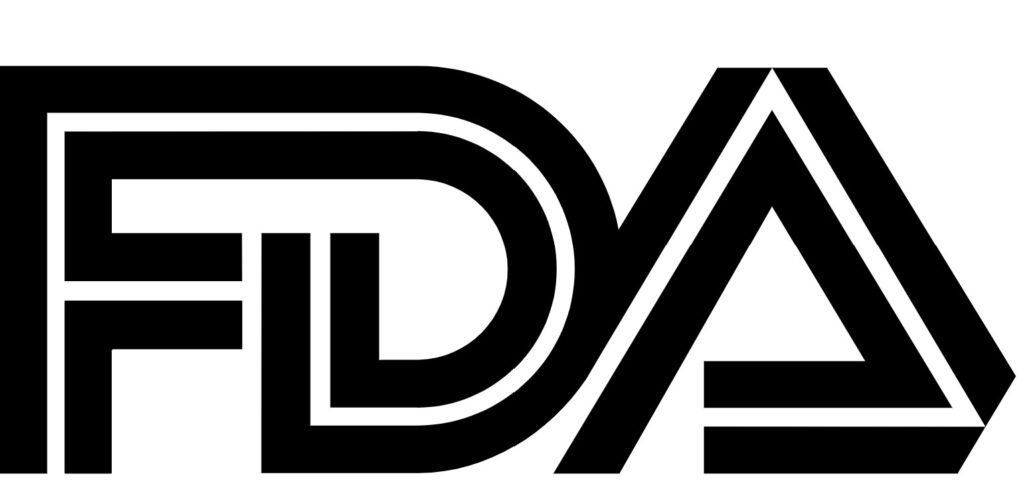In the rapidly evolving landscape of healthcare and pharmaceuticals, sponsor companies face the critical challenge of ensuring that their vendor practices align seamlessly with FDA requirements. This alignment is not just a regulatory mandate but a cornerstone for maintaining trust, ensuring product safety, and fostering innovation. By delving into the strategies for achieving this alignment, companies can navigate the complexities of compliance while sustaining growth and market reputation.
Understanding FDA Requirements – The first step toward alignment is a thorough understanding of FDA regulations, which encompass a wide array of areas including product development, clinical trials, manufacturing, and post-market surveillance. These regulations are designed to ensure that products are safe, effective, and of high quality. For sponsor companies, this means ensuring that every vendor, from raw material suppliers to contract research organizations, adheres to these stringent standards.
Strategic Vendor Selection – The cornerstone of compliance is the meticulous selection of vendors. Sponsor companies must conduct due diligence to assess a vendor’s capability to meet FDA requirements. This includes evaluating their quality control systems, regulatory history, and operational capacity. By choosing vendors with a robust track record of compliance, companies can mitigate risks and foster a culture of quality and reliability.
Fostering Collaboration and Transparency – Building a transparent and collaborative relationship with vendors is crucial for compliance. This involves clear communication of expectations, regular audits, and continuous feedback mechanisms. By fostering an environment where information and best practices are shared openly, sponsor companies and vendors can work together to identify potential compliance issues and implement corrective actions proactively.
Implementing Robust Monitoring and Auditing – Ongoing monitoring and auditing of vendor practices are essential to ensure continuous alignment with FDA requirements. This includes regular inspections, performance reviews, and the tracking of compliance metrics. By establishing a systematic approach to monitoring, sponsor companies can promptly address any deviations and implement improvements, thereby minimizing compliance risks.
Leveraging Technology for Compliance – In today’s digital age, leveraging technology can significantly enhance compliance efforts. Advanced software solutions can streamline compliance monitoring, facilitate data sharing between sponsors and vendors, and provide real-time insights into vendor performance. By harnessing technology, sponsor companies can achieve greater visibility and control over their supply chain, ensuring that every link aligns with FDA standards.
In conclusion, aligning vendor practices with FDA requirements is a dynamic and ongoing process that demands diligence, collaboration, and innovation. By understanding the regulatory landscape, selecting the right partners, fostering transparency, and leveraging technology, sponsor companies can establish a robust compliance framework. This not only safeguards product integrity and patient safety but also enhances the company’s reputation and market success.
Your Feedback Matters How is your organization aligning vendor practices with FDA requirements? Are there specific challenges or success stories you would like to share? Your insights are invaluable, and we invite you to share your experiences and feedback to foster a collaborative learning community.
By engaging with these strategies and sharing insights, sponsor companies can not only comply with regulatory mandates but also pave the way for a future where safety, quality, and innovation go hand in hand.








